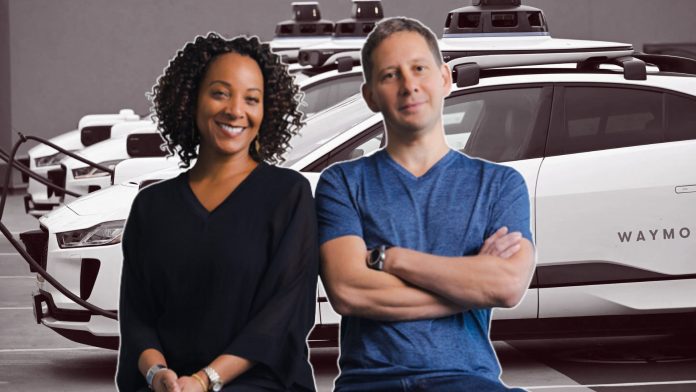Alphabet’s autonomous vehicle Waymo, now valued at over $45 billion, has received a significant boost with a $5.6 billion funding injection. This substantial investment paves the way for Waymo to expand its pioneering autonomous ride-hailing (ARH) system. Operating in Phoenix and San Francisco, Waymo’s ambitious plans include expansion to Los Angeles, Austin, and Atlanta through a promising partnership with Uber.
In response to Waymo’s disruptive business model, OEMs are racing to get ahead of the competition and shape the future of autonomous transportation. One of the most prominent players competing against Waymo is Tesla. In October 2024, the company unveiled its newest autonomous vehicles, the Cybercab and Robovan, at its “We, Robot” event.
The rise of autonomous vehicles (AVs) represents a pivotal shift in the automotive industry that could drastically impact the automotive retail sector. However, potential regulatory issues and consumer hesitation could delay the mainstream adoption of AVs.
ARH services, with their promise of convenient, on-demand transportation, particularly for urban dwellers, are a potential game-changer. The absence of a driver could make these services significantly more affordable than current ride-sharing and taxi options, opening up a new era of mobility.
With more affordable options, individuals may opt for robotaxi services instead of buying or leasing vehicles. This reduced demand for personal car ownership could impact the retail automotive industry, reducing the sell-through of both new and used cars.
It can also significantly impact the number of vehicles ride-sharing companies need to operate their business models. The need for fewer driver-operated vehicles has the potential to reduce the number of units purchased during fleet sales significantly.
Due to regulatory concerns and consumer hesitation, widespread adoption of AVs is highly likely to be delayed. However, staying current with industry trends will allow dealers to be proactive.
By identifying potential areas for growth and adapting to the changing automotive landscape, dealers will remain competitive. This could involve developing alternative revenue streams, such as servicing AVs, partnering with autonomous fleet providers, and reconfiguring showrooms to focus more on EVs and AVs.




